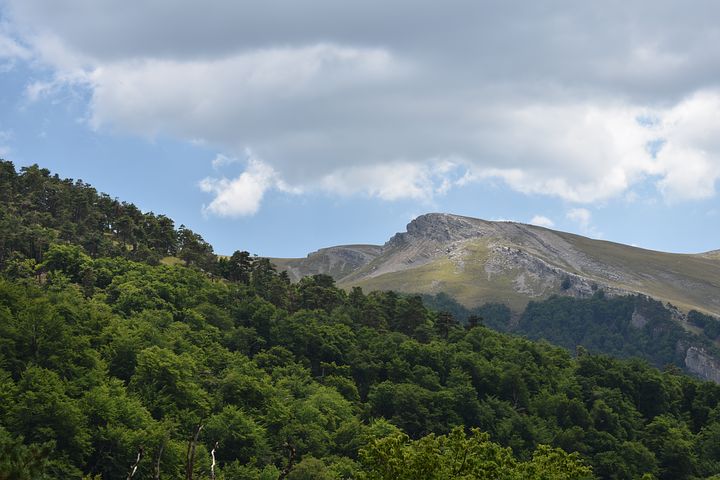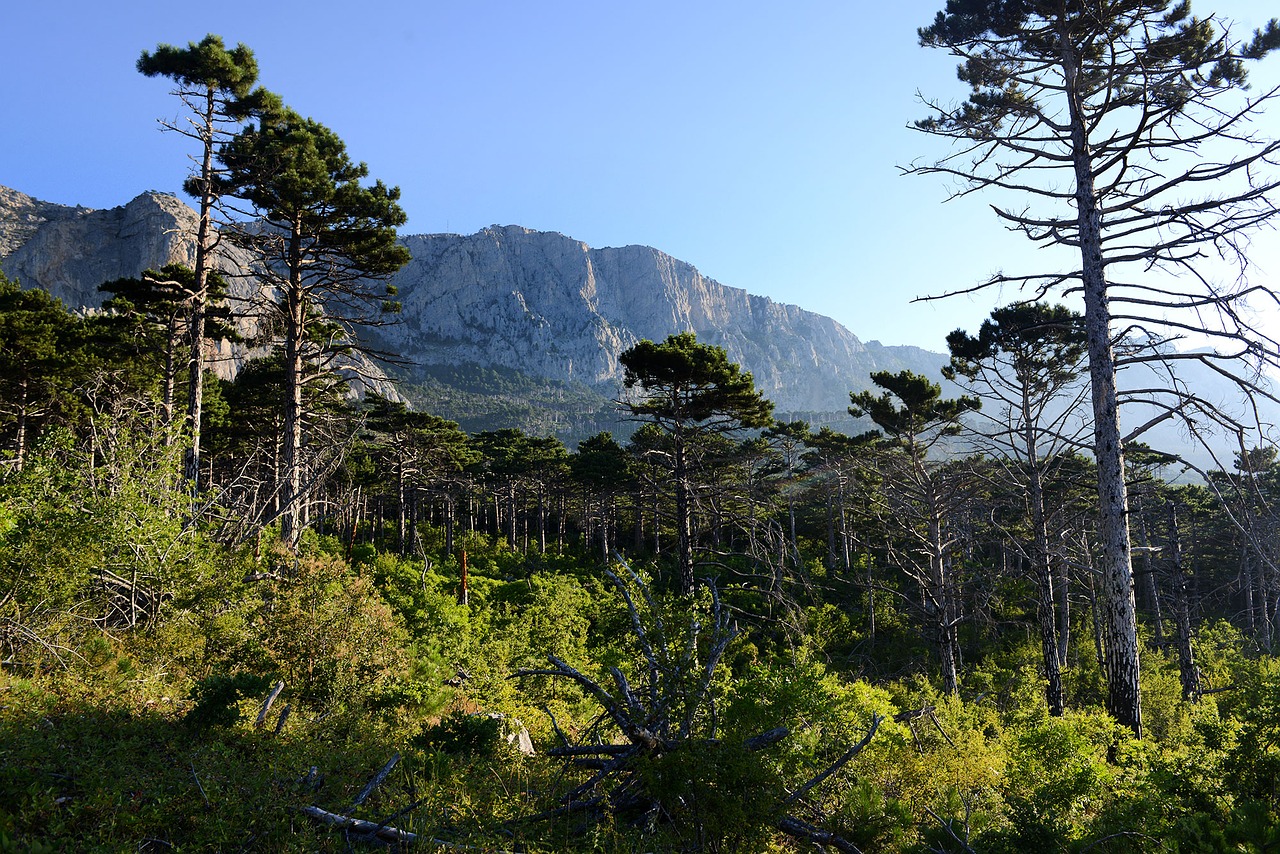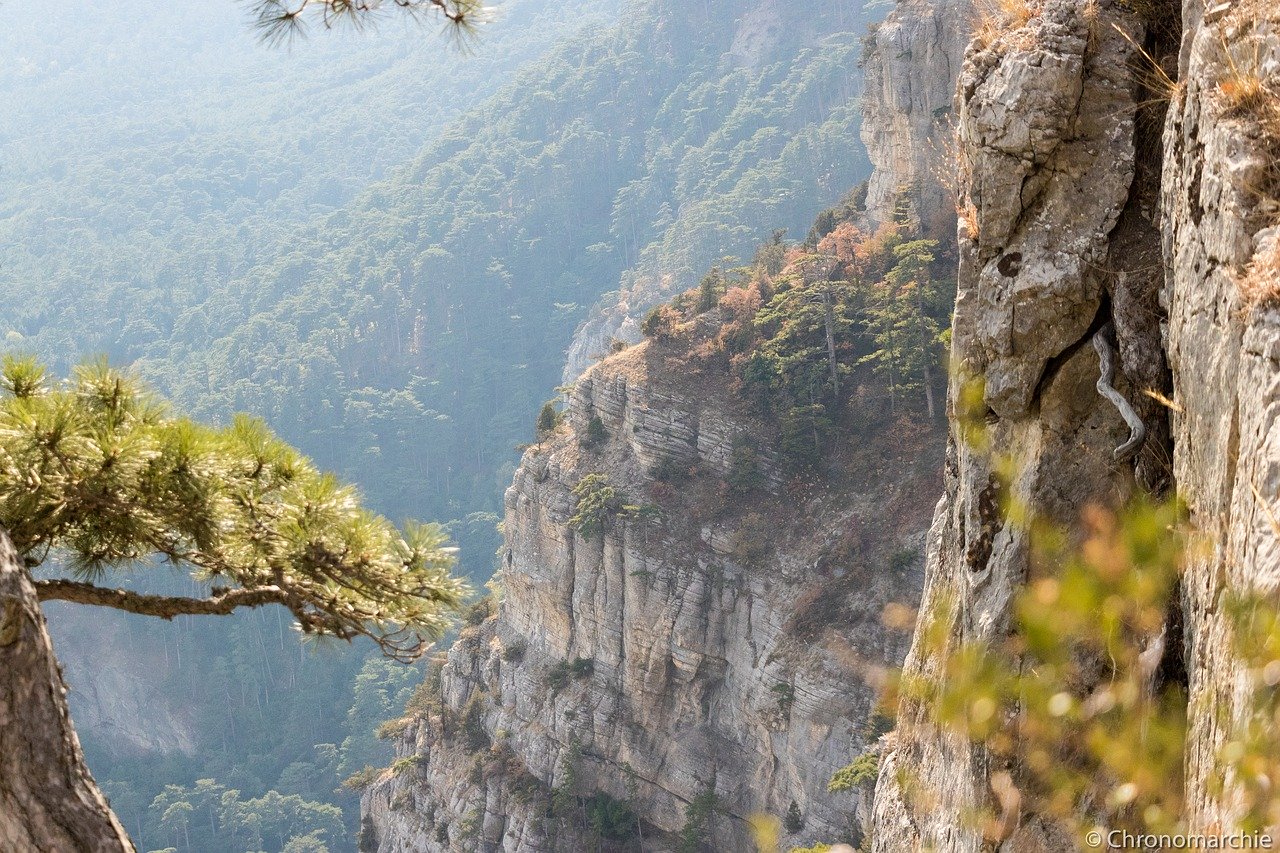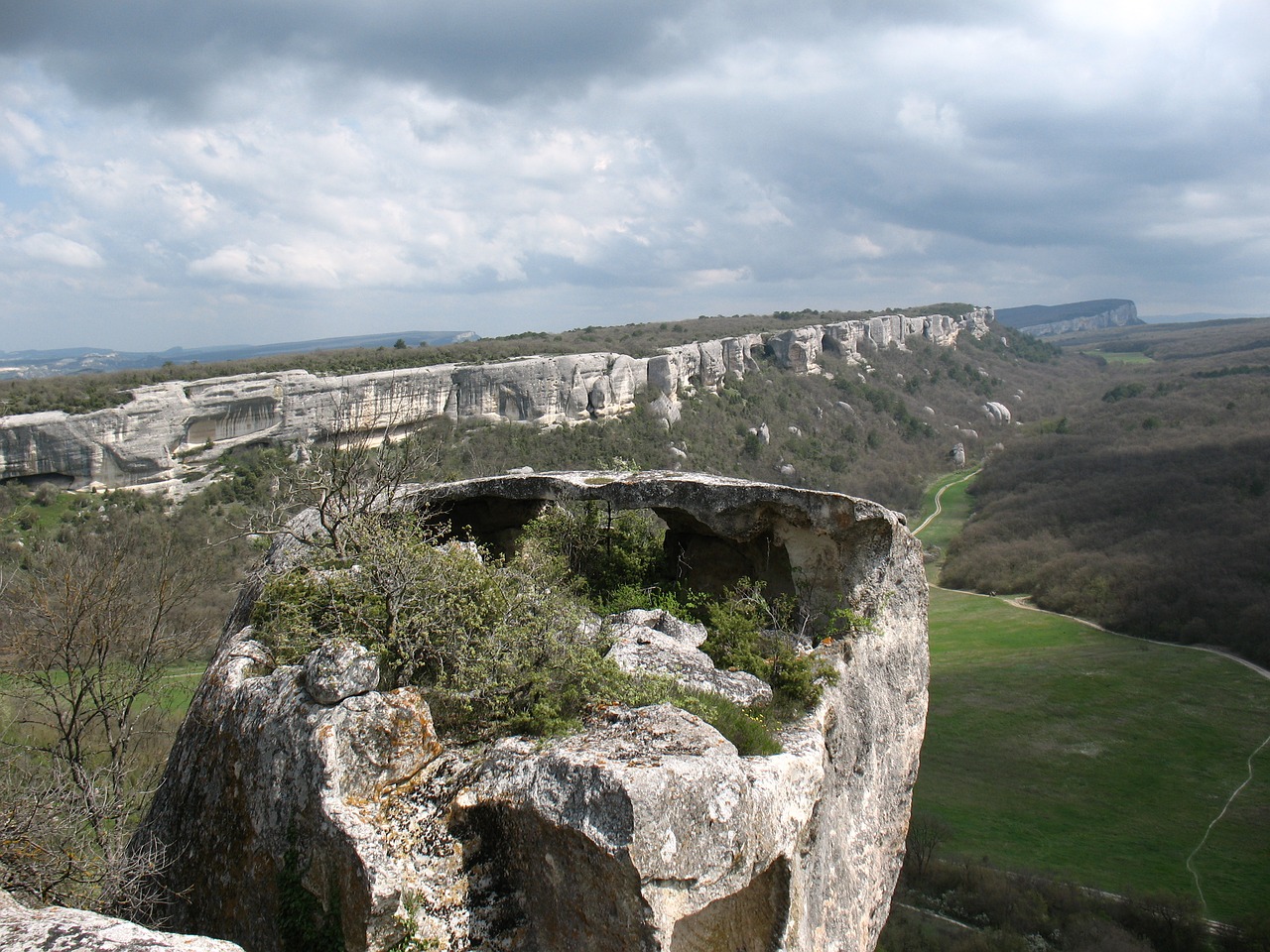
Wildlife activists have finally breathed a sigh of considerable relief - Andrei Borodin who was appointed director of the Federal State Budgetary Institution Zapovedny Krym (Reserved Crimea) established on February 4 by the Ministry of Natural Resources began to introduce proper order in the unique nature reserves in the Crimea that had long required close attention from the federal authorities.
Since 2003, he has worked hard and earned good reputation at the Caucasian and Kronotsky biosphere reserves, at the Kedrovaya Pad (Pine Valley) nature reserve, at the Leopard Land national park, as well as at the Kamchatka Volcanoes nature park. Having gone through this hard school of life, a native of Sochi, a hiker and a mountaineer became a real crisis manager of the reserve business, and now he is ready to undertake a new serious challenge. He shared his impressions upon arrival in the Crimea to his new place of work with EcoTourism Expert.
- My impression was as I expected and it was a very sad one. the Ukrainian legislation being imperfect from the very beginning, led to the violations in the environmental protection that were committed by the previous leadership of the republic.

Actually, consumers are not to blame for the mess that is happening now - the responsibility lies with those who earn on the natural landmarks of the Crimea. People pay money and think that they support the reserves this way. I do not think that restricting the tourist flow can help improve the process - it is important to provide the better quality services, and this is our main task. The tourism companies should understand the need to preserve the environment, because they benefit from this, and therefore, should be vitally interested in developing the Crimea’s beauty to stop its degrading.
- Where the situation was the most difficult?
- Our biggest problem is the Yalta Mountain Reserve (YaMR) that is the most attractive for visitors and, therefore, bears the heaviest load. Going further back, in the Ukrainian period, the local authorities wanted to exclude the coastal zones of the Yalta Mountain Reserve from the protected land area, and to compensate for the losses, they wanted to add some zones in the northern part, in the Bakhchisarai district. At that time, the rationale for the borders was even provided. The local rural councils on the South Coast of the Crimea - hoping that new plots would appear - allocated almost all the land for private housing in the protected area. If the borders had been changed, all these land plots could have been developed, so, the system of water intakes could have been destroyed that supplied water to the entire South coast.

- What is the state with the demarcation of the plots of land today?
- It is nearing completion, most of their length (approximately 70%) has already entered in the cadastral records. Moreover, we have already several judicial precedents when the YaMR managed to return unauthorized areas from private use.
Now we are working on a project for the development of the ‘Reserved Crimea’ and by the end of this year, we will determine the priorities and prospects for the next 5-10 years, there is much work ahead because the order to create our joint directorate of the specially protected natural reservations was issued just three months ago, on December 4. There is much to do from scratch, including the transfer of the state budgetary institutions’ property that were created on the basis of five Crimean reserves, and solve the painful employment issues.

We also intend to actively develop the ecological educational tourism. In addition to the YaMR, the Kazantip and Opuk reserves are very popular among vacationers. The Swan islands also have the potential to become attractive to the peninsula visitors.
- Is it possible, in principle, to organically combine tourism and the SPNR activities?
- I must say that the professionals in the reserve protection are subdivided into two categories having opposing opinions. Some experts believe that the tourists should not be permitted to visit these enclaves of the almost pristine wilderness, and the researchers need to focus on the scientific work only. Others, including me, understand the reality - the state cannot provide full funding so that the specially protected natural reservations could completely abandon all commercial activities - and they seek compromise. They calculate the recreational load on the territory and seek how to minimize the damage from crowds of tourists and how to adapt the local population to the needs of the ecological tourism.
Our task is to preserve our unique natural sites in their pristine condition for the future generations. If they are not preserved - there will be no Crimea, nor the Yalta resorts. You cannot cut and ‘pinch’ a piece off them, as it has happened in recent years. However, we can quite successfully interact with the tourist infrastructure as soon as we convince its players that their business environment is here, and their profits depend on the existence of the nature reserves. Of course, it is not possible to miss upcoming tourist season or spoil it.

I am convinced that the development of the ecological culture and the respect of the citizens to the environment are the most important components of our work, in addition to directly protecting the reserved areas and doing our research work. I am not a supporter of the rampant commercialization of this industry, nevertheless, I believe that there is no other way. It is impossible to learn while sitting at home and watching TV only.
